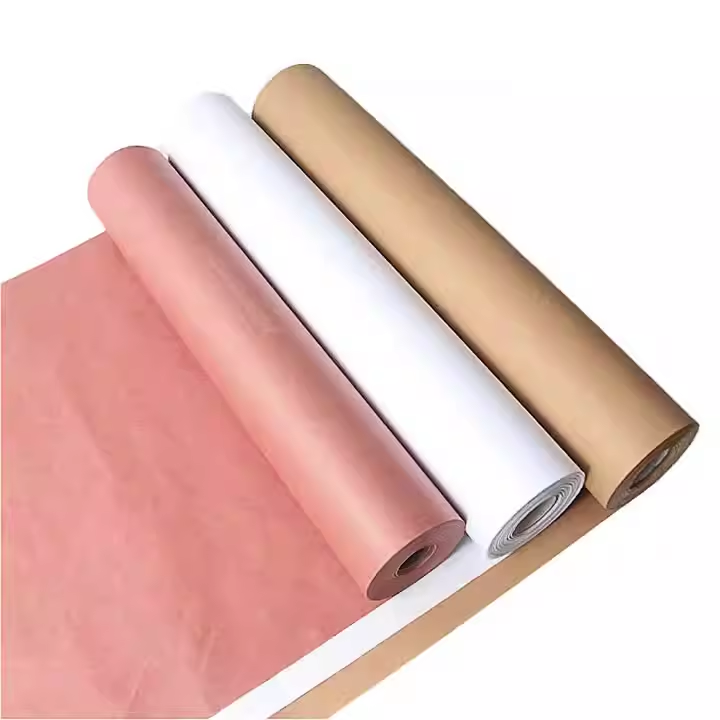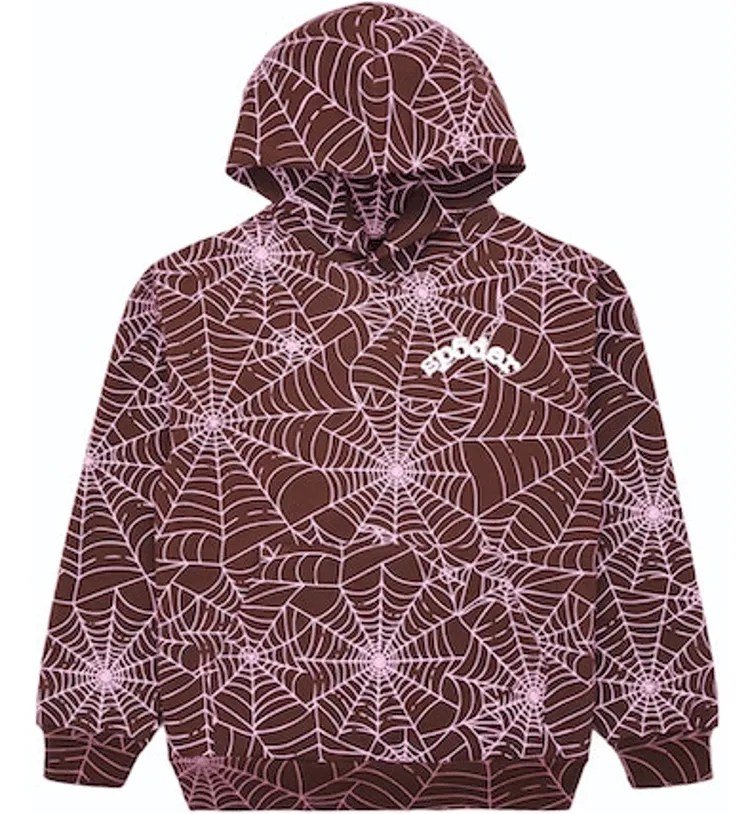Butcher paper has long been a staple in the meat industry, serving as the go-to packaging material for both butcher shops and grocery stores. In the Bay Area, where consumers are increasingly focused on quality, freshness, and sustainability, butcher paper has gained even more popularity. Its unique properties not only help maintain the freshness of meat products but also play a role in enhancing the overall packaging experience.
In this article, we’ll explore how butcher paper is being used in the Bay Area’s meat packaging industry and why it is becoming a preferred choice for both producers and consumers.
What Is Butcher Paper?
Butcher paper is a special type of kraft paper that’s designed to wrap and preserve fresh meat. It is often coated with a thin layer of wax or poly, making it moisture-resistant and durable. There are different types of butcher paper, such as white, pink, and brown, each serving different purposes in the meat industry.
The paper is primarily used to wrap meat cuts, including steaks, roasts, and ground meat. Its breathable nature allows moisture to escape while keeping the meat fresh, making it ideal for short-term storage and display.
Why Is Butcher Paper Used for Meat Packaging?
Butcher paper offers several benefits that make it an excellent choice for meat packaging in the Bay Area:
- Preservation of Freshness
The porous nature of butcher paper allows the meat to breathe. This prevents excess moisture buildup, which can lead to spoilage. At the same time, the paper helps retain the meat’s natural juices, ensuring that it stays tender and flavorful until it reaches the consumer’s table.
- Durability
Butcher paper is strong enough to withstand handling and transportation without tearing or losing its shape. This makes it a reliable packaging material, especially for butcher shops and grocery stores that handle large volumes of meat daily.
- Visual Appeal
Butcher paper has a rustic, traditional look that many consumers find appealing. When customers see meat wrapped in butcher paper, it evokes a sense of craftsmanship and quality. This visual appeal can help enhance a brand’s image, particularly for artisanal butchers and specialty meat markets in the Bay Area.
- Customizability
Butcher paper can be printed with brand logos, product information, or even cooking tips. This adds a layer of personalization to the packaging, making it easier for brands to connect with their customers.
How Butcher Paper Meets Bay Area Consumer Preferences
Butcher Paper Bay Area consumers are known for their high standards when it comes to food quality and sustainability. Butcher paper meets these preferences in several ways:
- Sustainability
As an environmentally conscious region, the Bay Area places a strong emphasis on sustainable packaging. Butcher paper, being made from natural fibers and often recyclable, aligns with this preference. It reduces the need for plastic and other non-biodegradable materials, making it a more eco-friendly option.
- Transparency
Many consumers want to know exactly what they’re buying. Because butcher paper is less opaque than traditional plastic wrap, it allows customers to see the quality of the meat before purchasing it. This transparency builds trust and encourages repeat business.
- Support for Local Businesses
Using butcher paper is often associated with small, local butcher shops rather than large supermarket chains. Consumers who prefer to support local businesses and sustainable farming practices are more likely to purchase meat that’s wrapped in butcher paper, further boosting its popularity in the Bay Area.
Types of Butcher Paper and Their Uses
Butcher paper comes in various types, each with its specific applications:
- White Butcher Paper
This is a general-purpose butcher paper often used for wrapping meat and fish. It’s untreated and uncoated, making it suitable for short-term storage.
- Pink Butcher Paper
Also known as “peach paper,” this variety is commonly used for wrapping briskets and other barbecue meats. Its superior breathability prevents soggy exteriors and enhances the flavor of slow-cooked meats.
- Brown Butcher Paper
Brown butcher paper is versatile and can be used for wrapping meat as well as lining countertops and serving trays. Its natural appearance appeals to consumers who prioritize unprocessed and eco-friendly packaging options.
- Coated Butcher Paper
Coated butcher paper has a thin layer of polyethylene, providing additional moisture resistance. It’s typically used for wet and heavy cuts of meat, ensuring that juices don’t leak through.
Enhancing Product Presentation and Branding
One of the biggest advantages of using butcher paper in Bay Area meat packaging is its potential for branding. Businesses can customize butcher paper with their logos, slogans, and colors, turning a simple packaging material into a powerful marketing tool.
By incorporating branding elements, butcher paper helps reinforce brand identity and encourages brand loyalty. This is especially important for specialty meat shops and organic markets, where consumers are often willing to pay a premium for products that reflect their values and preferences.
Conclusion
Butcher paper plays a significant role in enhancing Bay Area meat packaging. Its ability to preserve freshness, promote sustainability, and align with consumer values makes it a valuable asset for the meat industry. As businesses strive to meet the growing demand for high-quality and eco-friendly products, butcher paper will continue to be a preferred choice in the Bay Area and beyond. Thank visiting empireadda.com



